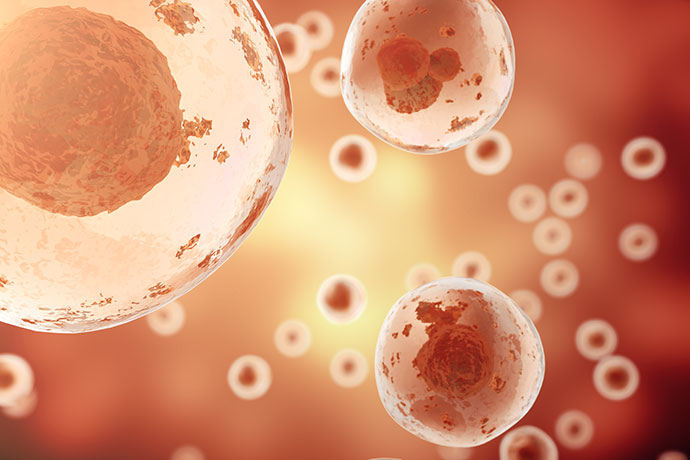
Stem cell transplants are designed to replace the patient’s unhealthy cells with healthy ones. The most common sources of these healthy cells are the umbilical cord blood and bone marrow.
Cord blood refers to the blood that is collected from an infant’s umbilical cord after delivery, so that it may be tested, frozen, and subsequently stored cord blood bank for future use. The cord blood contains unique stem cells that can potentially treat more than 80 medical conditions.
The bone marrow, on the other hand, is extracted from the breastbone, skull, hips, ribs or spine, as these contain stem cells which produce the following types of blood cells:
- white blood cells (leukocytes), which fight against infection
- red blood cells (erythrocytes), which carry oxygen to eliminate waste from the organs and tissue
- platelets, which are responsible for making the blood clot
When cord blood stem cells are preferred for transplant than bone marrow stem cells:
There are several criteria used to evaluate whether cord blood stem cells should be used for transplant instead of bone marrow stem cells to treat a patient. A transplant physician will keep the following factors in mind:
Graft versus Host Disease (GVHD)
GVHD is a potentially serious complication for any organ transplant. In fact, it is estimated to be fatal in up to 40% of patients. However, because cord blood stem cells are more primitive than bone marrow stem cells, there is a lower chance that these cells will attack the recipient’s body, resulting in a lower evidence of GVHD.
HLA matching
Human Leukocyte Antigen (HLA) is a marker your immune system uses to recognise foreign cells. HLA tissue types are inherited, which is why it is recommended that a recipient’s bone marrow donor be a family member (ideally a brother or sister). This is a problem because 70% of donors do not have a suitable donor in their family. However, because cord blood stem cells are considered to be “younger” (and therefore more adaptable), there is generally less need to find an exact HLA match.
Rich source of stem cells
Stem cells are found in greater proportions in umbilical cord blood. In fact, some experts say it contains nearly 10 times the amount of stem cells found in the bone marrow.
Regenerative source
It is believed that stem cells found in cord blood have greater regenerative properties since they are younger than bone marrow.
Availability
Stem cell transplants are in high demand, with over 30,000 individuals in line for the procedure each year. The problem is that waiting for a suitable donor can often inhibit an individual from having the procedure. Unfortunately, for some individuals, such as those with more severe types of cancer, this lack of treatment can be fatal. Cord blood banking, however, helps to alleviate this issue, as the cord blood stored is readily available for exclusive use of the cord blood owner and family.
WATCH VIDEO: CORD BLOOD BANKING 101
Pain
From a donor’s perspective, a cord blood transplant presents a much less invasive procedure, as the collection of cord blood stem cells happens directly after birth, once the umbilical cord is detached from the baby. Bone marrow transplants, on the other hand, are invasive procedures, requiring a general anesthesia so that bone marrow stem cells can be removed from the rear of the pelvic bone through a series of injections.
Want to learn more about the importance of cord blood stem cells?
Speak to one of our cord blood banking specialists now on +971 4 3116613
{{cta(‘016232ec-8637-45d3-9fe2-5912155530b9’)}}


